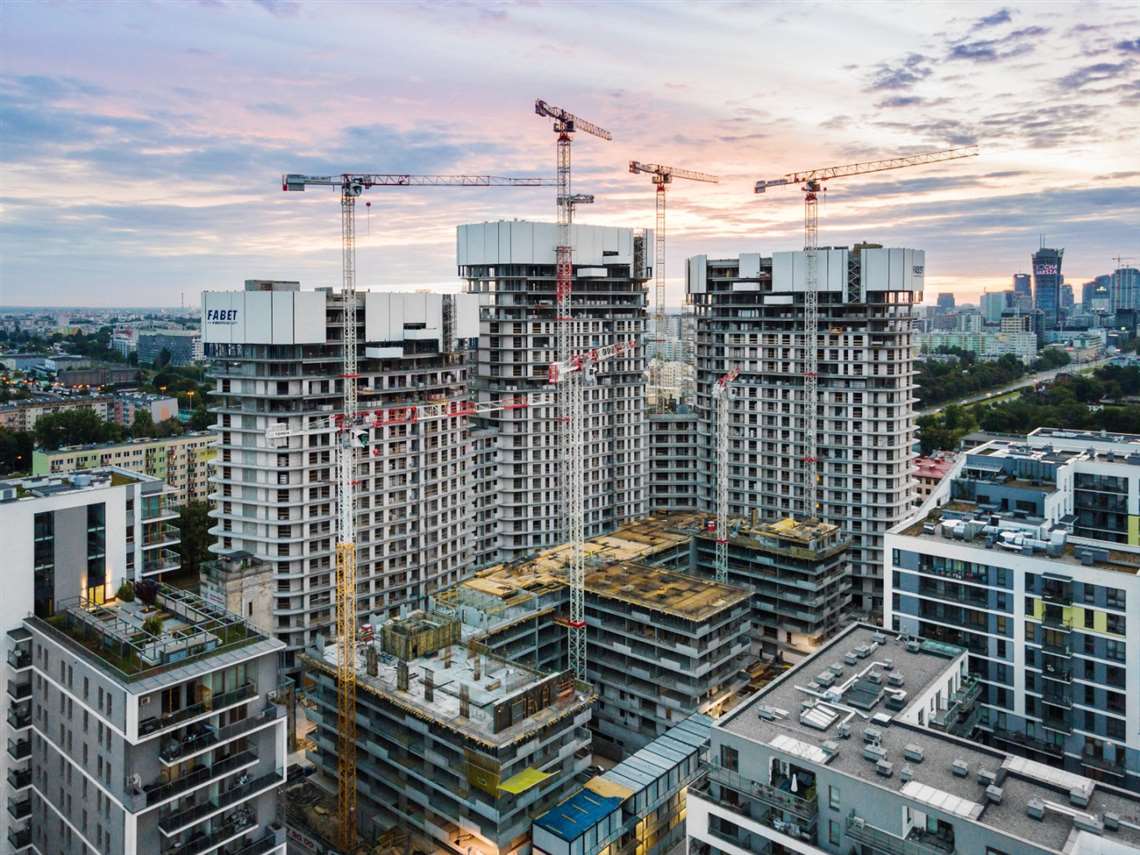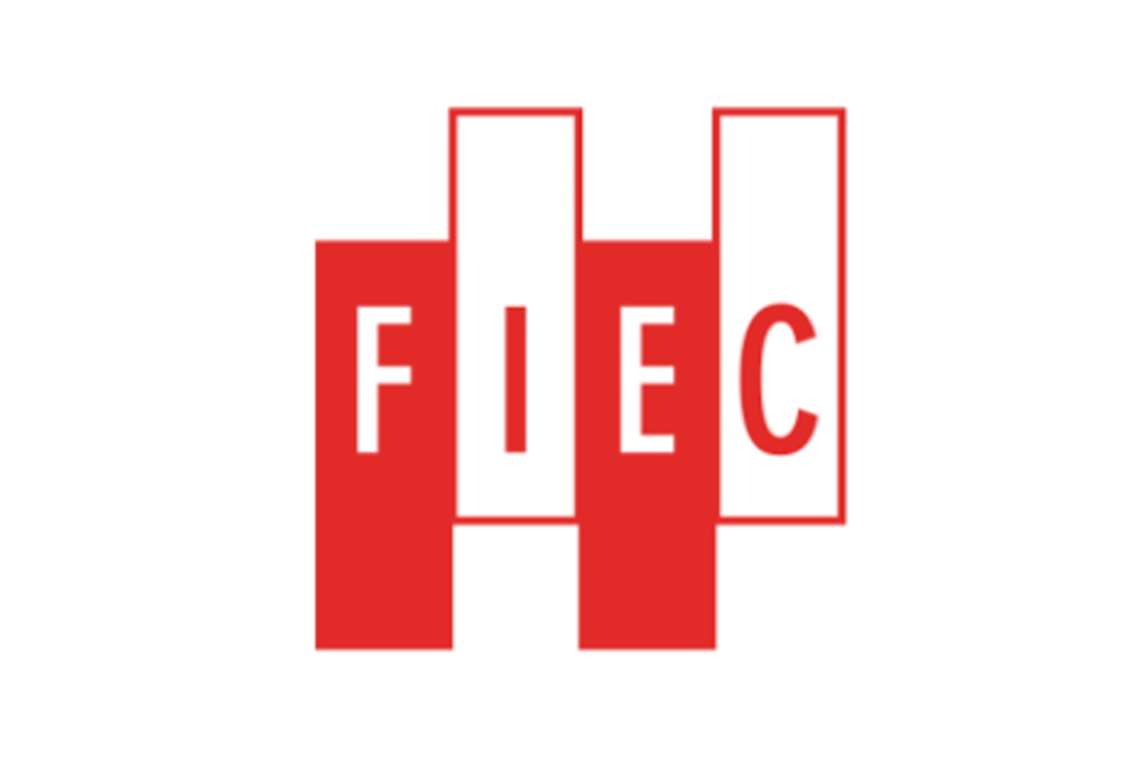FIEC: Spotlight on carbon
26 May 2021
Construction industry federation examines the Energy Performance in Buildings Directive

Shortly after the launch of the European Green Deal in 2019, FIEC reported in this column that we were trying to anticipate what the policy makers would do about carbon in construction.
There were rumours about including construction in the Emissions Trading System (ETS). We knew that the issue would not go away and sooner or later, the EU institutions would stop merely talking about carbon in construction and start regulating.
Fast forward to the present and we can see better where policy is heading. The first big legislative proposal for FIEC’s Technical Commission is out of the starting blocks.
We are currently working on our response to the consultation on the revision of the Energy Performance in Buildings Directive (EPBD 2010/31/EU[1]).
We expect to be working on this legislative initiative for the rest of 2021.
Why another revision of EPBD?
A few months ago, in a meeting with the European Commission, FIEC asked this question. After all, the ink was barely dry on the recently adopted revision.
The answer was clear. The new EU climate ambitions could not be achieved unless there was a corresponding upgrade of the Directive.
The inevitability of this meant that FIEC quickly stopped asking why and started discussing how. No sooner had our EPBD Working Group met for the first time than the consultation was published.
The survey addresses, amongst other things, the concept of zero emission buildings and reporting on whole life carbon emissions from buildings.
For our Working Group, it is clear that there are two big challenges, which are, furthermore, inextricably connected.
The first is how to link the EPBD to circularity and to ensure that these two policy areas are integrated and not handled separately.
The second is the transition from “zero energy” to “zero emission”.
Energy efficiency has always been linked to decarbonisation, but now this relationship is evolving as the emphasis shifts more to the latter.
Whole life carbon
For a long time, the focus of the EPBD has been about the energy consumption of buildings. Now the discussion about embodied carbon is at the top of the agenda in all the videoconferences that are currently filling FIEC’s diary.
As a reminder, embodied carbon is mainly generated by the production of construction materials, the construction process on site and the transportation of materials to – and waste from – construction sites.
The challenge of energy efficiency has not disappeared, but inevitably, as energy performance improves, then the percentage of embodied carbon in the whole life cycle of a building increases. Therefore, it can no longer be ignored.
However, even knowing where to start in terms of developing policy and eventual regulation is incredibly difficult. Firstly, there is a lack of consensus about the available data on embodied carbon.
Figures diverge widely, ranging from “2–38% and 9–46% of the total life cycle emissions for a conventional building and low energy building respectively”[2]. Without clear and reliable baseline data, how can a reduction target be set?
The second challenge is which embodied carbon to tackle? Does the production of construction products represent the quick win, or does this lie elsewhere in the ecosystem? For the best chance of success, everything has to be considered.
So let’s look at this from the perspective of contractors.
Zero-emission construction – distant or near horizon?
Compared to only eighteen months ago, things are really moving. Larger contractors especially are tackling this challenge, planning the transition to zero-emission site machinery as well as transportation of both materials and personnel between the site and the loading/recycling point or office/home.
Electrification is already underway, although some contractors report that it remains hard to acquire/rent sufficient electric machines; and hydrogen-powered machinery is expected to be in use within three to ten years.
However, first movers are bearing the cost of this transition, with zero-emission machines averaging a whopping two to three times the price of a diesel machine.
The implications are obvious: zero-emission construction sites are possible now, but the price of construction – at least in the short term – has to rise, to make these sites feasible in reality.
In FIEC we often say that contractors build what clients ask them for. This does not mean that contractors cannot influence the transition to zero-emission sites.
Indeed, they are even driving the change. This is good news for policy makers because the industry will adapt to regulatory changes designed to tackle embodied carbon.
However, there is the potential resistance of the market to accept the inevitable rise in the price of construction, which will result in more expensive buildings and infrastructure as well as renovation and maintenance.
Some of the organisations, the rhetoric of which frequently threatens to drown the arguments of the industry - which after all has the knowledge and experience and will have to deliver the solutions - would do well to understand the significant role of the market and wider society in supporting the construction ecosystem through the transition.
Accusations that the industry is dragging its feet and lacks ambition in terms of its environmental obligations are simply not accurate, let alone fair!
FIECRepresent and promote the interests of the European construction industry towards the European Institutions while helping to increase knowledge of the sector among policymakers. 
Address: Brussels, Belgium. Tel: +32 2 514 55 35; e-mail: [email protected] Website: www.fiec.eu Twitter: @FIEC_Brussels LinkedIn: FIEC EU Recognised “Sectoral Social Partner” (employers) |
STAY CONNECTED



Receive the information you need when you need it through our world-leading magazines, newsletters and daily briefings.
CONNECT WITH THE TEAM








